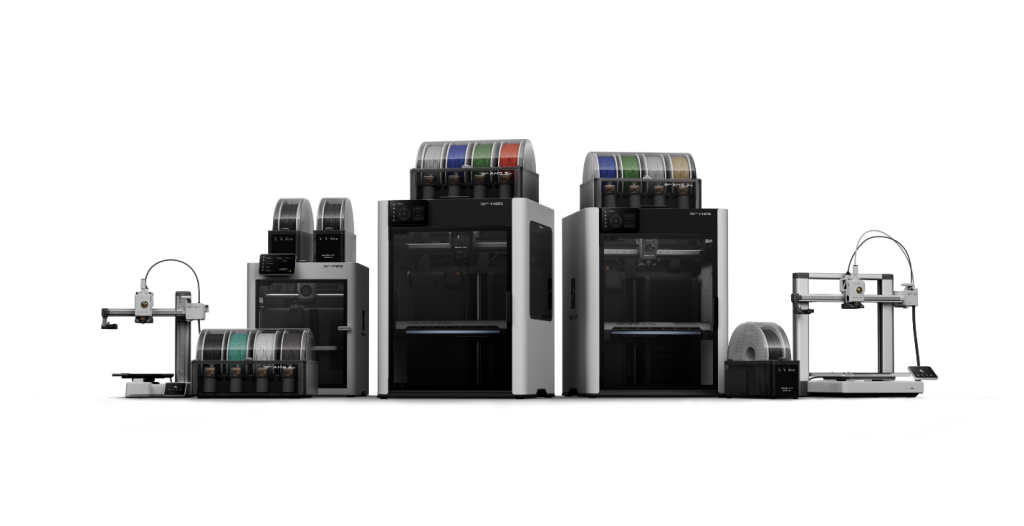You can understand how important control and flexibility can be when it comes to building an email campaign, should you have ever done such before. The HTML email builders are not simple drag and drop tools anymore. These days, they are an essential element of any marketing stream of work. However, how much freedom of customization can you get in them? Knowing the inner structure of HTML email builders can make you explore them further. Visual interface of these platforms usually runs with nested HTML tables, inline CSS and modular elements. The reason is they are designed to be consistent in more than hundreds of email clients like Outlook, Gmail, Apple Mail, and others. All builders are not as flexible. There are those that are template-limiting, and some have it so that you can do some granular control on the layout and coding.Now, let us see what you, the user or developer, really have the power to control and where your real customization begins.
User-Controlled Design Elements
HTML email builder allow users to shape emails visually, without diving into code. There are drag-and-drop elements that allow rearranging layouts, adjusting fonts, spacing, and using brand colors. It is also possible to upload images, add buttons and customize provided content by use of merge tags, most tools have such capability as well.This customization is perfect when it comes to those marketers who require control that is not technical. The most useful one is that speed campaigns are easier and faster to build and launch and still have a consistent look on all the devices and email clients. Although a visual tool makes life easier, it is still based on a hard framework that makes it precise when rendering between platforms.

Code-Level Customization Features
In the case where more control is required, there are also HTML email builder platforms that can be customized in the code level. This opens up new options that are much beyond the simple drag-and-drop tools.
Characteristic features are:
- Custom HTML blocks You may enter your own HTML into a ready-made block. This comes in handy to include what is not available on the visual editor.
- Inline CSS editing You can write or edit inline styles directly because most of the email clients disregard embedded <style> tags and instead support inline style.
- Full code export/import – There is an option of downloading the HTML of the entire email, editing it using other external code editing software and later uploading it once again to have it tested or sent.
These tools are particularly useful to the developers whose applications deal with complicated branding standards or integrations. The code is usually changed though, which would enable the visual editor to be turned off allowing you to make any more changes to your site safely, without having to learn HTML/CSS. Nevertheless, it is a trade-off that is worth during the campaigns with precision needs and specific behavior.
Personalization and Dynamic Content
In email marketing, personalization has taken on a new level that no longer reflects on the inclusion of the first name in the subject line. It is about relevance delivering suitable contents to appropriate individuals at the appropriate time. The functionality of an advanced email builder allows designing a HTML email with complex personalization settings which surpass simple templates. Depending on the behavior of customers, their preferences, previous purchases, or even geographic information, it is possible to change content blocks dynamically. A customer can encounter recommended products or a new subscriber can have an introductory offer all in the same mail. Using merge tags and real-time data, dynamic fields make sure that every recipient is presented with the content that really matters to them.When properly done, this degree of customization could result in 2-3x more engagement rates. Yet, it has to give an anchorage of structured data combined with builder that enables logic-based personalization in scale.

Customization Across Platforms and Devices
Designing a visually refined email is the easy part; getting it to look right everywhere is the hard bit. Having known that there are more than 300 email clients and that over 40 percent of the opens occur on mobile (Litmus, 2024), responsive design is no longer discretional. An effective HTML email builder has inbuilt features to adjust the emails on various platforms and different sized screens.The best builder features real time preview on devices like the iPhone, Android phone and client email like Outlook or Gmail. They also provide mobile specific CSS or media queries. Adaptive columns, resized images, and optimized text size are some of the most important features that some constructors, like Stripo, BeeFree, and Klaviyo, introduce out-of-the-box.But email rendering is not so standardized. What appears beautiful on an Apple Mail could break on Outlook. So, that is why many professional builders provide compatibility testing facilitators or Litmus or Email on Acid integrations, allowing its user to spot mistakes before sending anything out.
Conclusion
Personalizing emails within an HTML email builder extends way beyond simple appearances. These tools allow control of everything, ranging between user-created design to code-level manipulation, responsiveness of the platform, and dynamic delivery of the content, which makes them powerful to both marketers and developers. Yet nothing compares to the amount of value a builder can bring to your table that will allow you to create high-performant emails that are an absolute pleasure to look at while functioning well on any device and catering to the specific needs of every user. Select a platform which offers simplicity and flexibility. That is where the ball actually starts rolling.











